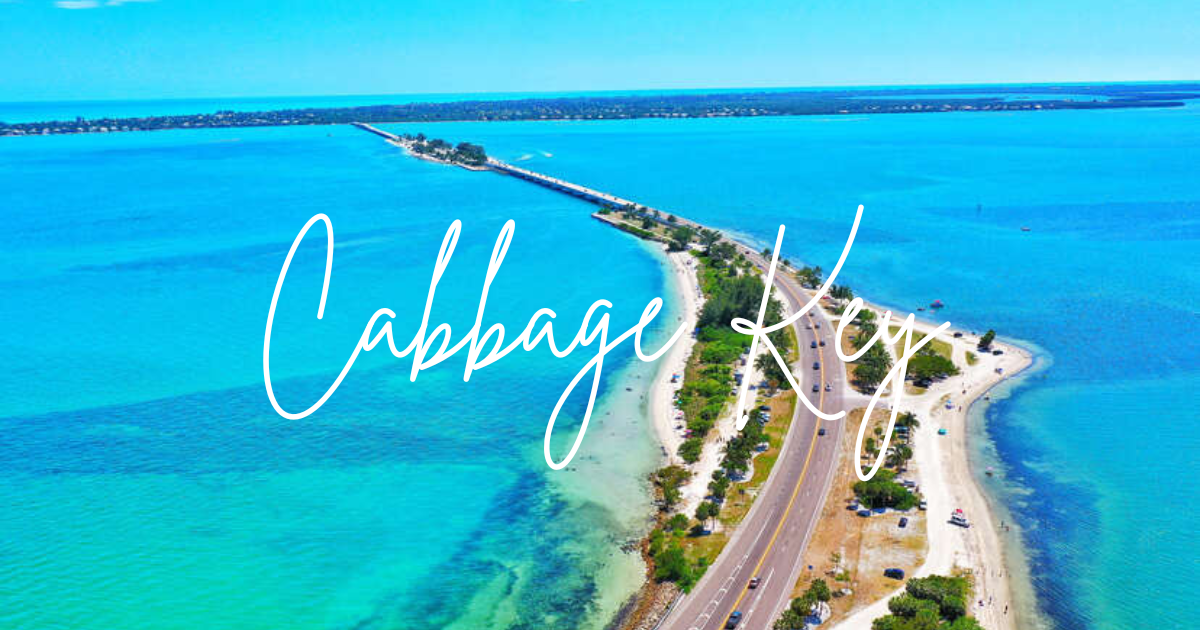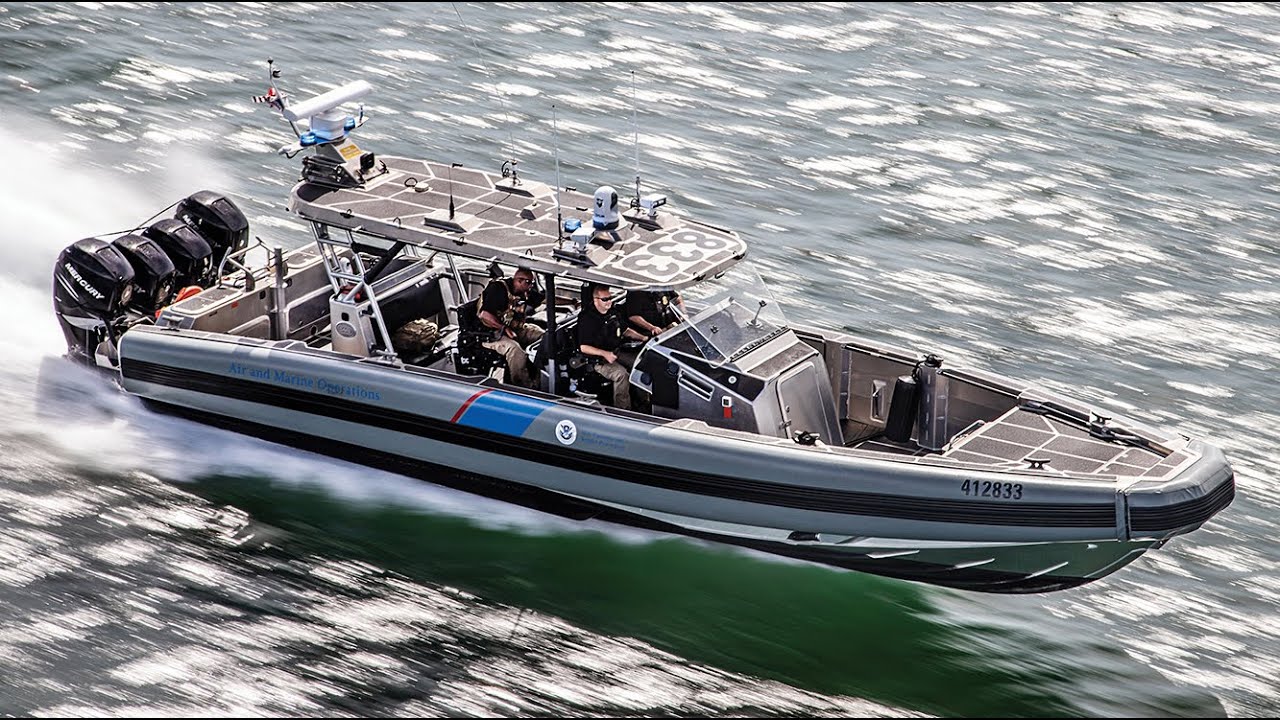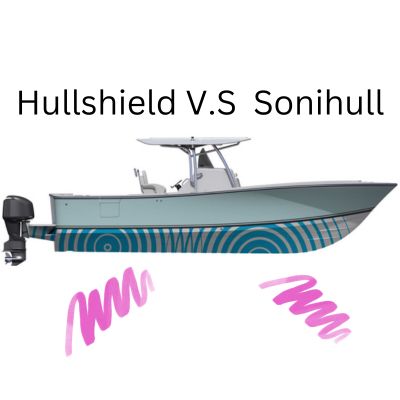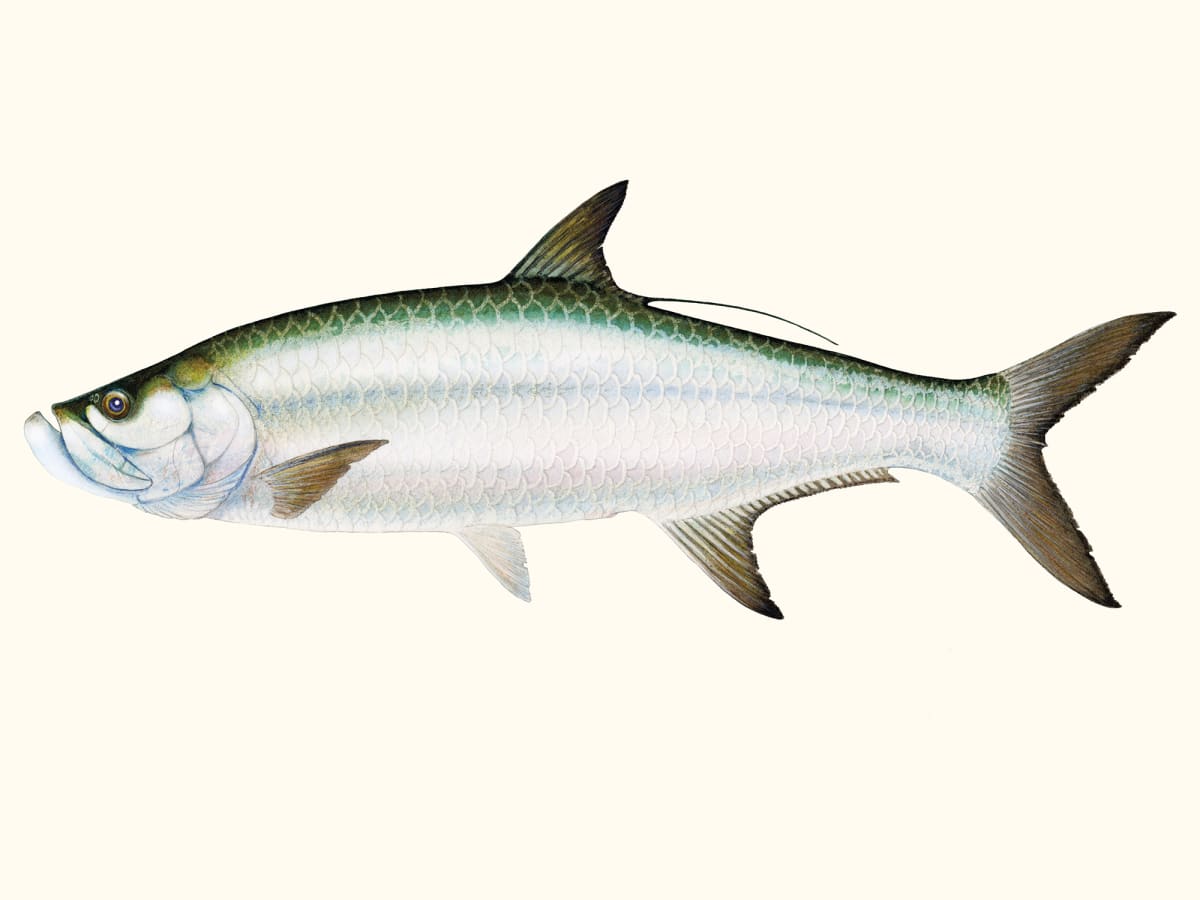Water Transport Name: A Comprehensive Guide to Nautical Vessels
Understanding the various forms of water transport is essential in today's globalized world. Water transport plays a crucial role in connecting different regions and facilitating trade, as well as contributing to the overall functioning of ecosystems. From oceans and rivers to canals and lakes, water bodies provide an efficient means of transportation for both goods and people. The use of water for transportation dates back to ancient civilizations, and its importance continues to grow as technology advances and industries evolve.

In addition to the movement of goods and people across bodies of water, water transport also refers to the circulation of water within living organisms. An example of this phenomenon can be observed in plants, where water is absorbed through the roots and then transported throughout the plant structure via a process known as transpiration. This process not only helps maintain the plant's structural integrity but also aids in the absorption of essential nutrients.
Key Takeaways
- Water transport is vital for trade, travel, and ecosystem functions.
- Different types of water transport systems facilitate movement across oceans, rivers, canals, and lakes.
- Plant life relies on water transport processes, such as transpiration, for nutrient absorption, structural maintenance, and overall growth.
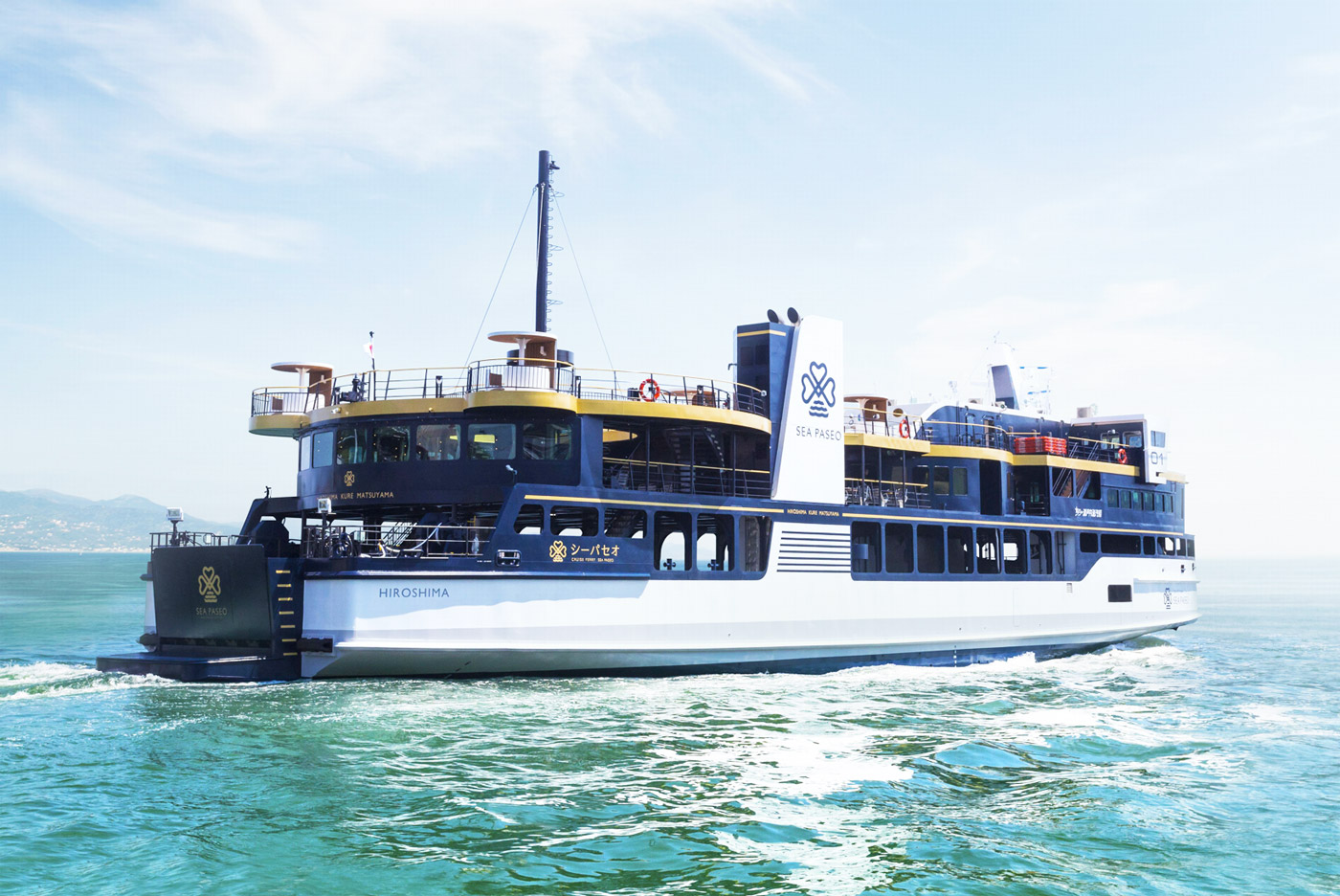
Understanding Water Transport
Water transport is a vital mode of transportation that plays a significant role in connecting different regions and countries, greatly contributing to the global economy. It involves the usage of various water vessels to move goods, passengers, and other cargo across large bodies of water like seas, lakes, and rivers.
This category of transportation relies on a diverse range of water vessels such as ships, barges, ferries, and boats, each designed for specific purposes and conditions. Ships and large cargo carriers are usually utilized for long-distance and high-capacity transport, while smaller vessels like ferries are employed for shorter distances and ferrying passengers.
One of the main advantages of water transport is its cost-effectiveness, owing to the fact that it can handle large amounts of cargo at minimal expenses per unit. Additionally, it is a more sustainable and environmentally friendly mode of transportation compared to land and air options, as it produces less pollution and requires less energy for operations.
Water transportation has existed for centuries, evolving from primitive rafts and canoes to sophisticated modern vessels like container ships and cruise liners. The continuous development of technologies in areas like navigation, communication, and propulsion systems has significantly improved the efficiency and reliability of water transport.
Another aspect of water transport is the complex network of routes and infrastructure that enables its smooth functioning. Various seaports, harbors, and inland waterways form the basis for effective water transportation, facilitating the seamless movement of vessels and transfer of cargo between different points within the network.
In summary, water transport is a crucial and essential component of global transportation systems, providing numerous economic and environmental benefits. With the ongoing advancements in technology and infrastructure, it will continue to serve as a sustainable and efficient means of connecting the world.
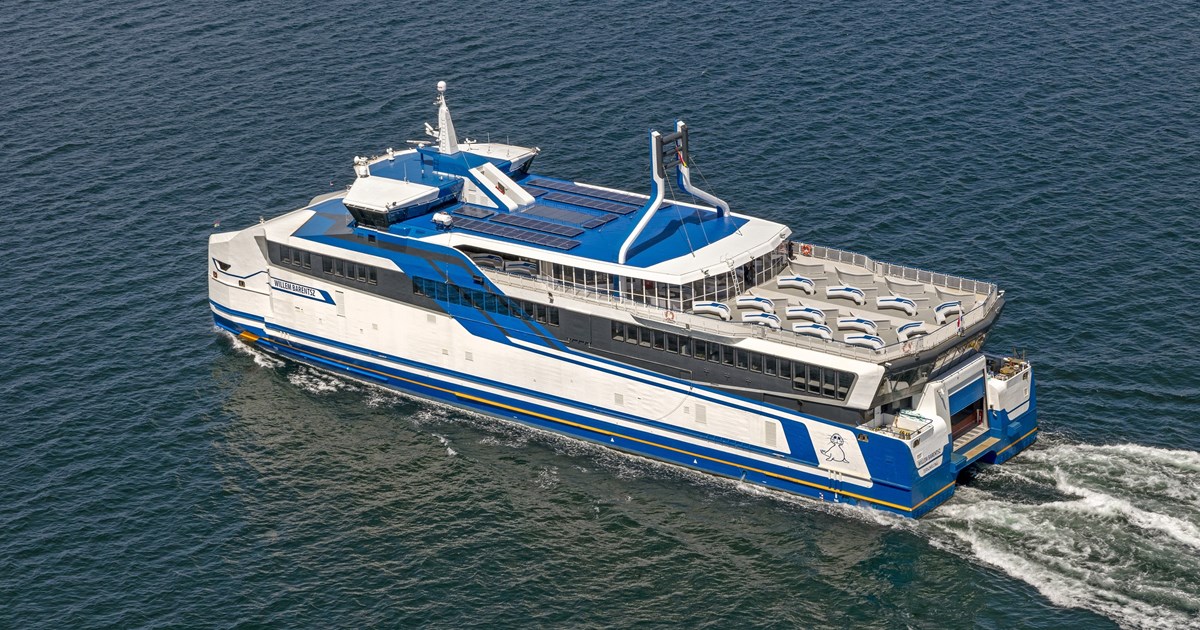
Types of Water Transport
Ships and Boats
Various types of ships and boats are commonly used for water transportation. Some examples include:
- Cargo Ships and Bulk Carriers: These ships transport goods, materials, and commodities across oceans and seas. Common cargo ships include container ships, bulk carriers, and oil tankers.
- Cruise Ships: Large passenger ships designed for recreational voyages on oceans and seas, typically featuring various amenities and entertainment options.
- Ferries and Water Taxis: Smaller vessels that transport passengers across shorter distances, often between islands or coastal cities.
- Fishing Boats and Trawlers: Vessels specifically designed for fishing activities; can range from small fishing boats to larger commercial trawlers.
- Motorboats and Sailboats: Recreational watercraft powered by engines or sails, commonly used for leisure activities or personal transportation on bodies of water like lakes and rivers.

Submarines and Underwater Vessels
Submarines and other underwater vessels are designed to travel below the surface of the water, with many different types serving various purposes:
- Military Submarines: Mainly used by armed forces for stealth and reconnaissance missions, some equipped with torpedoes and missiles for combat situations.
- Research Submersibles: Smaller underwater vehicles specifically designed for deep-sea exploration, marine life observation, and oceanographic research.
- Recreational Submarines and Personal Submersibles: Smaller, privately-owned vessels designed for underwater exploration and leisure activities.
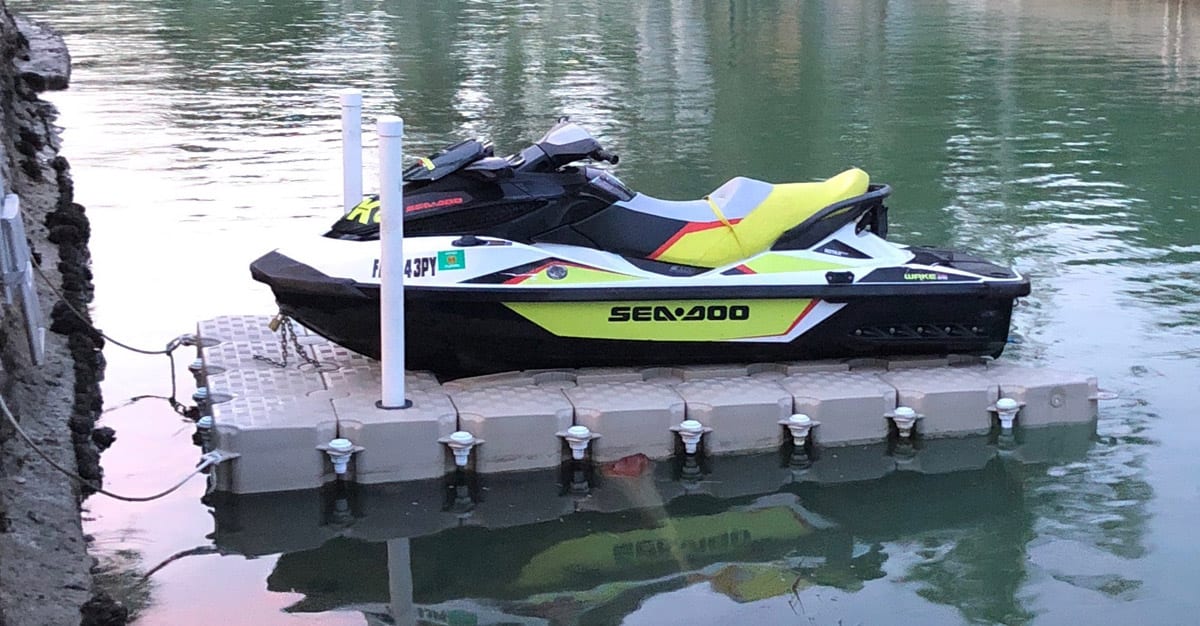
Sport and Recreational Watercraft
A wide range of sport and recreational watercraft are designed for personal enjoyment, including:
- Kayaks and Canoes: Small, lightweight boats typically propelled by paddles, used for river and lake activities or exploring coastal waters.
- Jet Skis and Personal Watercraft: Small, motorized water vehicles designed for fast, agile movement on water, typically used for recreational purposes.
- Pontoons and Houseboats: Larger, more stable watercraft that provide living spaces and amenities, allowing for extended stays on the water.
- Windsurfers and Kitesurfers: Watercraft that combines elements of sailing and surfing, using wind power to ride waves and perform jumps and tricks.
- Swimming and Seaplanes: Unconventional methods of water transportation, such as swimming or using seaplanes that can take off and land on water.
These are just a few examples of the different types of water transport available, with many more vessels and watercraft designed for specific purposes and diverse situations.
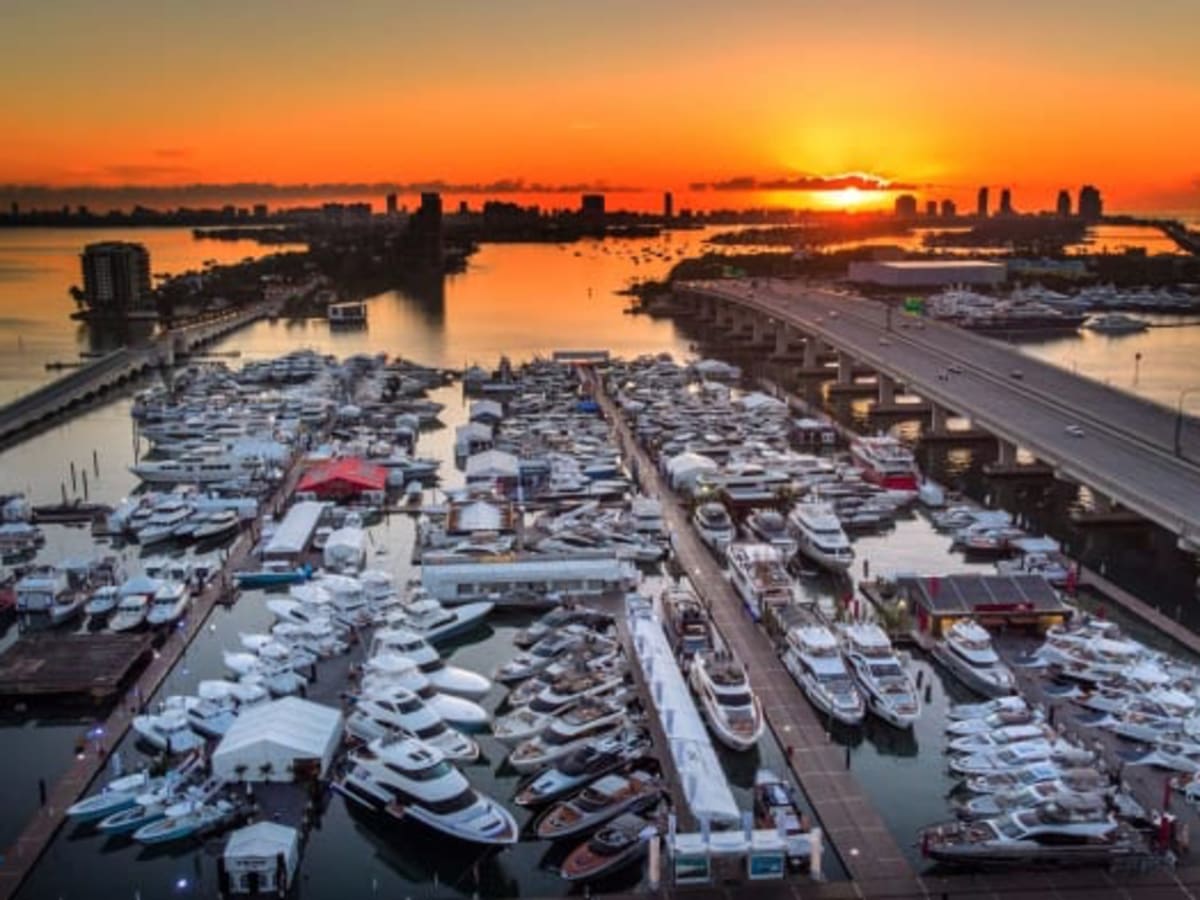
Water Bodies for Transport
Water transport is an essential part of human civilization, providing avenues for trade, transportation, and exploration. There are various types of water bodies that facilitate this critical aspect of human development, including rivers, lakes, coastal waterways, and canals. These natural and man-made passages connect different regions, allowing for efficient movement of goods and people over long distances.
Rivers are natural waterways that have been used for transportation since ancient times. They provide an effective means of moving heavy loads and large volumes of cargo with minimal energy consumption. Many major cities and ancient civilizations were established along rivers to capitalize on their transportation potential. Notable examples include the Nile, Amazon, and Mississippi, which play crucial roles in the regional economies and cultures.
Lakes, on the other hand, are large bodies of water usually situated inland, formed by natural geological processes or human intervention. They also serve as important transportation hubs, connecting different regions through a network of water routes. The Great Lakes in North America, for example, are a significant transportation resource supporting trade and transportation in the United States and Canada.
Coastal waterways encompass various bodies of water near the coast, including bays, harbors, and estuaries. These provide access to the vast expanse of the world's oceans, such as the Atlantic and Pacific. Coastal waterways have been essential to the development of global trade, linking continents and facilitating the movement of goods, people, and ideas across nations.
Canals are human-made waterways built to improve transport and navigation by connecting different bodies of water or bypassing challenging natural water routes. Canals have played a transformative role in global trade and transportation, such as the Panama Canal, which connects the Atlantic and Pacific Oceans, significantly reducing the maritime distance between the east and west coasts of the Americas.
Water transport, reliant on these various water bodies, has enabled civilizations to thrive and expand their reach. Rivers, lakes, coastal waterways, and canals have all played essential roles in the development of trade, transportation, and the exchange of ideas throughout history.
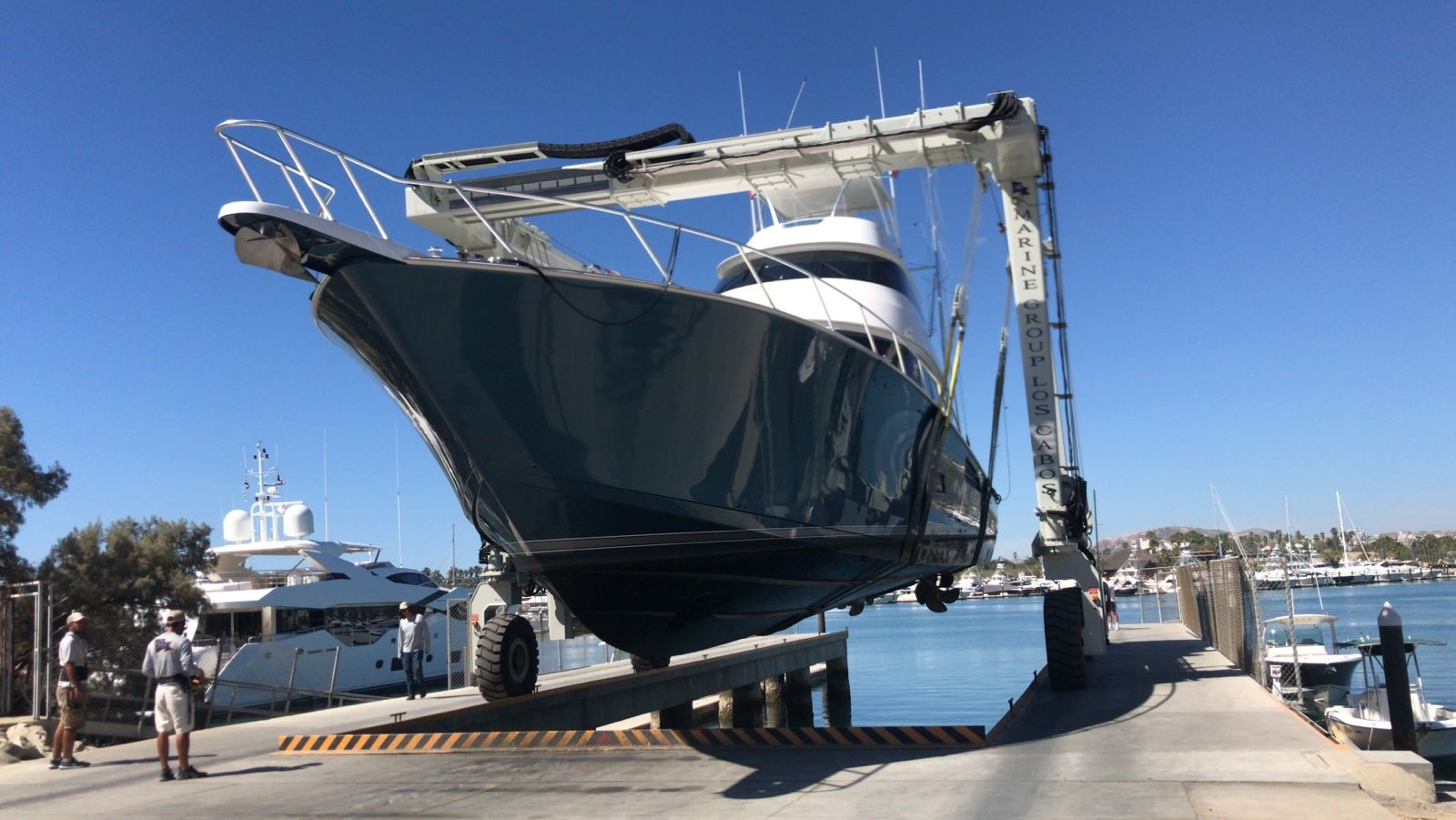
Land vs Water Transport
Transportation plays a crucial role in today's world, as it facilitates the movement of people and goods from one place to another. Land and water transport are the two major categories of transportation modes that are delivering these essential services.
Land transport comprises vehicles such as cars, buses, trucks, and trains that operate on various types of roads and rail tracks. Cars, in particular, have become a ubiquitous mode of land transportation, offering convenience and flexibility in navigating cities and rural areas. Additionally, land transportation includes air travel as airplanes provide faster, long-distance service by flying across continents and oceans.
Water transport, on the other hand, consists of ships, boats, and other waterborne vehicles that navigate oceans, rivers, and canals. This type of transportation is an essential part of global trade and commerce, as more than 70% of the world's goods are transported across oceans by sea. Marine transportation can effectively and efficiently move almost any cargo, ranging from raw materials to finished products.
When comparing land and water transport, several factors come into play, including speed, cost, capacity, and environmental impact. Generally, land transport can achieve faster travel times, especially for shorter distances. Cars, buses, and planes provide faster and more convenient service for passengers and smaller cargo when comparing travel times. However, this convenience is traded for a higher cost, as land transport can be more expensive than water transport.
In contrast, water transport is a more cost-effective option for transporting large volumes of cargo. Ships can carry enormous amounts of goods, enabling economies of scale that help reduce the overall cost of transportation. Despite its lower speed, water transport is the preferred choice for long-distance, bulk, and heavy cargo transportation. Importantly, waterborne transport contributes significantly less to greenhouse gas emissions and pollutant emissions than land-based transport, which makes it a more environmentally-friendly choice.
In conclusion, both land and water transport play essential roles in connecting people and facilitating global trade. The choice between the two depends on the specific requirements of the transportation task at hand, with factors such as speed, volume, cost, and environmental impact being decisive in selecting the most suitable mode.

Plant Water Transport
Understanding Xylem and Phloem
In plants, water and nutrients are transported through two specialized tissues: xylem and phloem. Xylem mainly transports water and minerals from the roots to the aerial parts of the plant, while phloem transports sugars and other organic compounds synthesized during photosynthesis from the leaves to other parts of the plant. Both xylem and phloem are composed of specialized cells, with xylem containing tracheid and vessel elements, and phloem containing sieve tube elements and companion cells.
Water moves through the xylem via cohesion, a process in which water molecules are attracted to one another, and at the cellular level, water moves primarily by osmosis. The movement of water across the cells in phloem also utilizes osmosis, but the process is more complex since phloem transports sugars and other substances in addition to water.
Water Potential and Osmosis
Water transport in plants is greatly influenced by water potential, which is the potential energy of a water sample relative to pure water in reference conditions. Water moves from areas of high water potential to areas of low water potential. Osmosis, a type of passive transport, plays a significant role in water movement as it is the process through which water molecules move across a semi-permeable membrane from a region of higher water potential to a region of lower water potential.
Water can move through the plant via two pathways: the symplast and the apoplast. The symplast pathway involves movement through the cytoplasm of the cells, while the apoplast pathway involves movement through cell walls and intercellular spaces. Water potential influences the balance of water transport between these two pathways.
Transpiration
Transpiration is the process of water movement through the plant and its evaporation from aerial parts, primarily from the leaves via stomata. Stomata are small openings on the leaf surface that regulate gas exchange, allowing carbon dioxide in and releasing oxygen and water vapor. The opening and closing of stomata are controlled by guard cells, which respond to various environmental factors.
A water potential gradient exists between the leaf interior and the atmosphere, driving the process of transpiration. As water evaporates from the leaf surface, it creates a negative pressure in the xylem, pulling water upward from the roots. Transpiration, therefore, has a critical role in the overall process of water transport in plants, facilitating the movement of water and nutrients from the roots to the aerial parts of the plant.
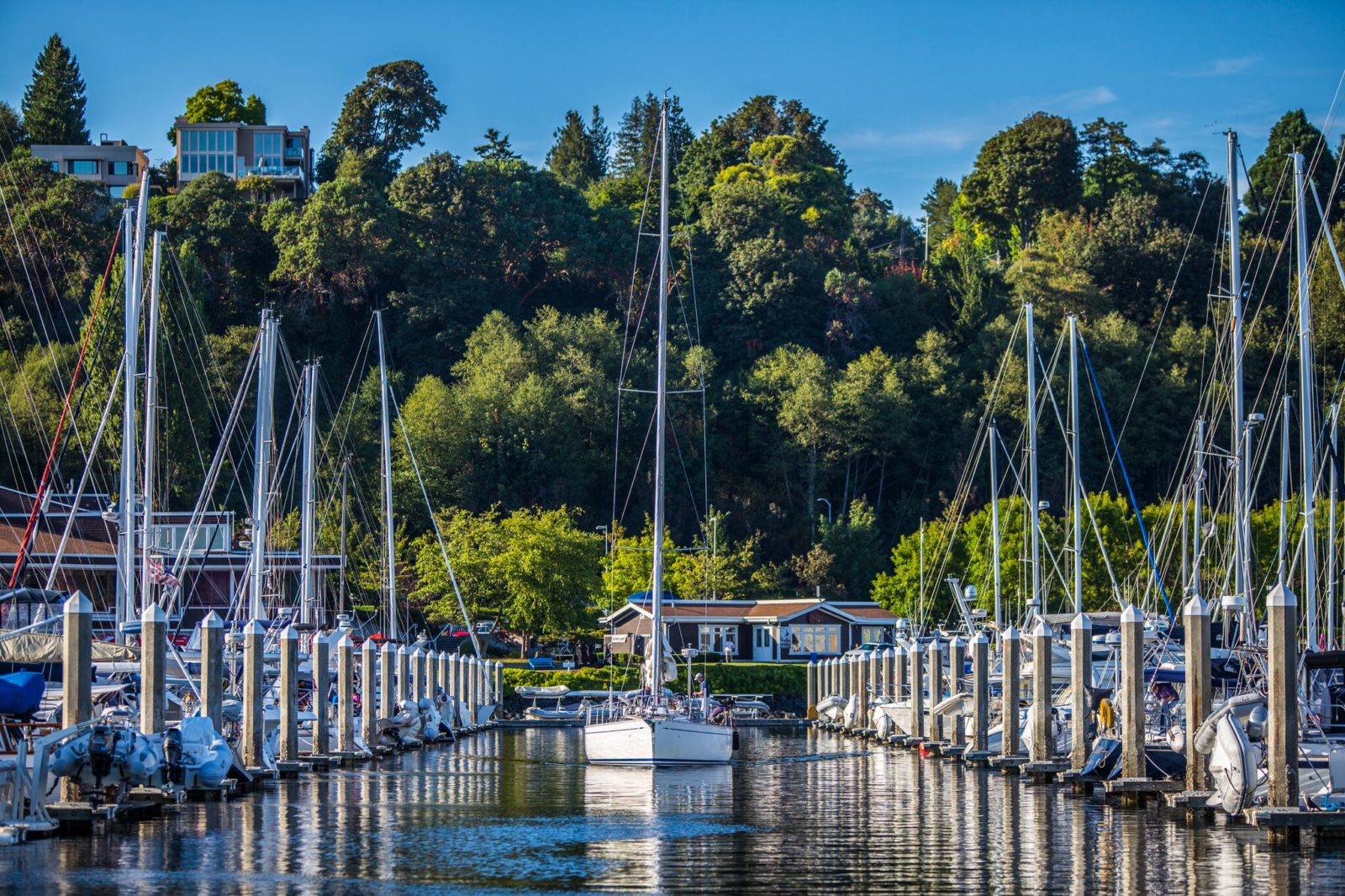
Impact of Pressure on Water Transport
Pressure plays a crucial role in water transport across various systems, particularly in situations involving filtration and fuel cell technology. Maintaining an optimal pressure ensures efficient water movement, helping to alleviate bottlenecks and achieve desired results in both natural and artificial applications.
In the context of filtration, pressure-driven water transport is highly dependent on the properties of the membranes used. A study on two-dimensional nanomaterial laminated membranes revealed that functional groups of graphene oxide exhibited a more significant influence on water transport under pressurized filtration conditions. Adjusting the pressure allows users to control the filtration efficiency and antifouling performance of the system.
Another application where pressure impacts water transport is within proton exchange membrane (PEM) fuel cells. These fuel cells require optimal management of water to maintain performance and prevent flooding or drying in the cell. Studies involving neutron radiography have demonstrated that adjusting pressure levels can directly affect the rates of water accumulation and dissipation, leading to better control of water transport through the porous structures of the fuel cell.
In the realm of biomimetic reverse osmosis membranes, pressure also plays a crucial role. Researchers have found that peptide-attached pillararenes water channels show a promising ability to mimic biological water transport systems. By adjusting feed pressure, the study reported an increase in water transport efficiency through these biomimetic membranes. As a result, regulating pressure can directly impact the performance of osmotic filtration systems.
In summary, pressure significantly affects water transport in various applications, ranging from filtration systems to fuel cells. Mastery over pressure levels can help improve transport efficiency, antifouling performance, and overall system control, making it a vital variable to consider in water transport processes.
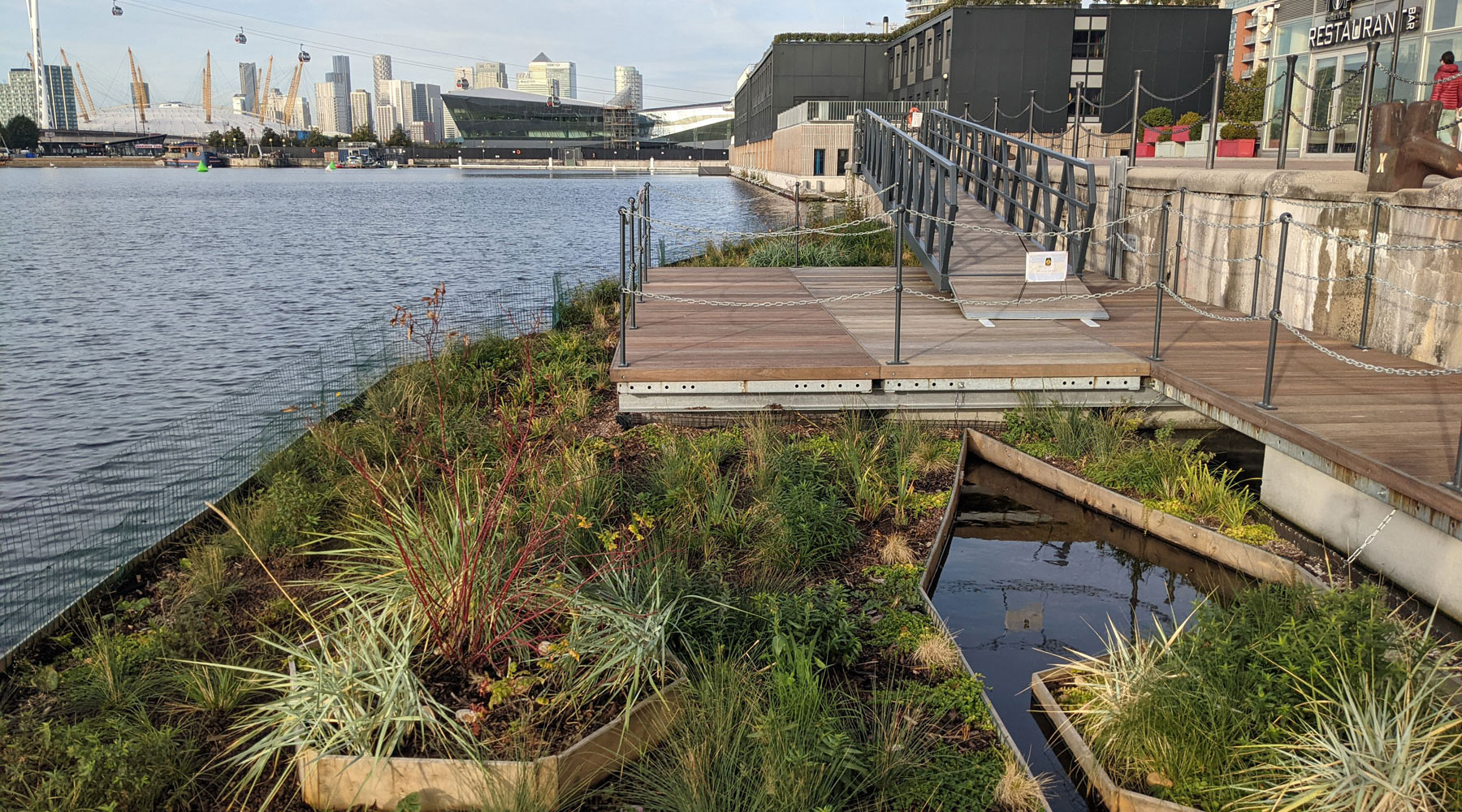
Roots and Water Transport
Roots play a vital role in water transport within plants. They absorb water from the soil through their root hairs and transport it to other parts of the plant, including the leaves, stems, and flowers. This process enables plants to maintain essential physiological functions such as photosynthesis, nutrient transport, and growth.
One critical aspect of water transport in roots is the transport of water across cell membranes. This occurs through a process called osmosis, which involves the movement of water molecules across a semipermeable barrier such as the root surface or an air-water interface1. Osmotic pressure drives the water movement from areas of high water concentration to areas of low water concentration, leading to an even distribution of water molecules throughout the plant.
Another essential element in the water transport process in roots is the xylem, a specialized tissue responsible for transporting water and nutrients from the roots to the aerial parts of the plant. Xylem consists of elongated tube-like cells called vessels, allowing for efficient and rapid water transport. The driving force behind this water movement is the difference in water potential between the soil and the plant's shoots, which creates a tension that propels water upward through the xylem2.
Roots can also adjust their growth and development in response to water stress, such as drought conditions. They have the capability to alter their growth rate and morphology, increasing the surface area available for water absorption and transportation3. This adaptability helps the plant survive and thrive under various environmental conditions and is vital for maintaining adequate water transport.
In conclusion, roots are essential for water transport in plants, absorbing water from the soil and transporting it to other parts of the plant through osmosis and xylem vessel movement. Their adaptability to water stress conditions and their ability to regulate growth ensure that plants can maintain essential physiological functions even under challenging environmental conditions.
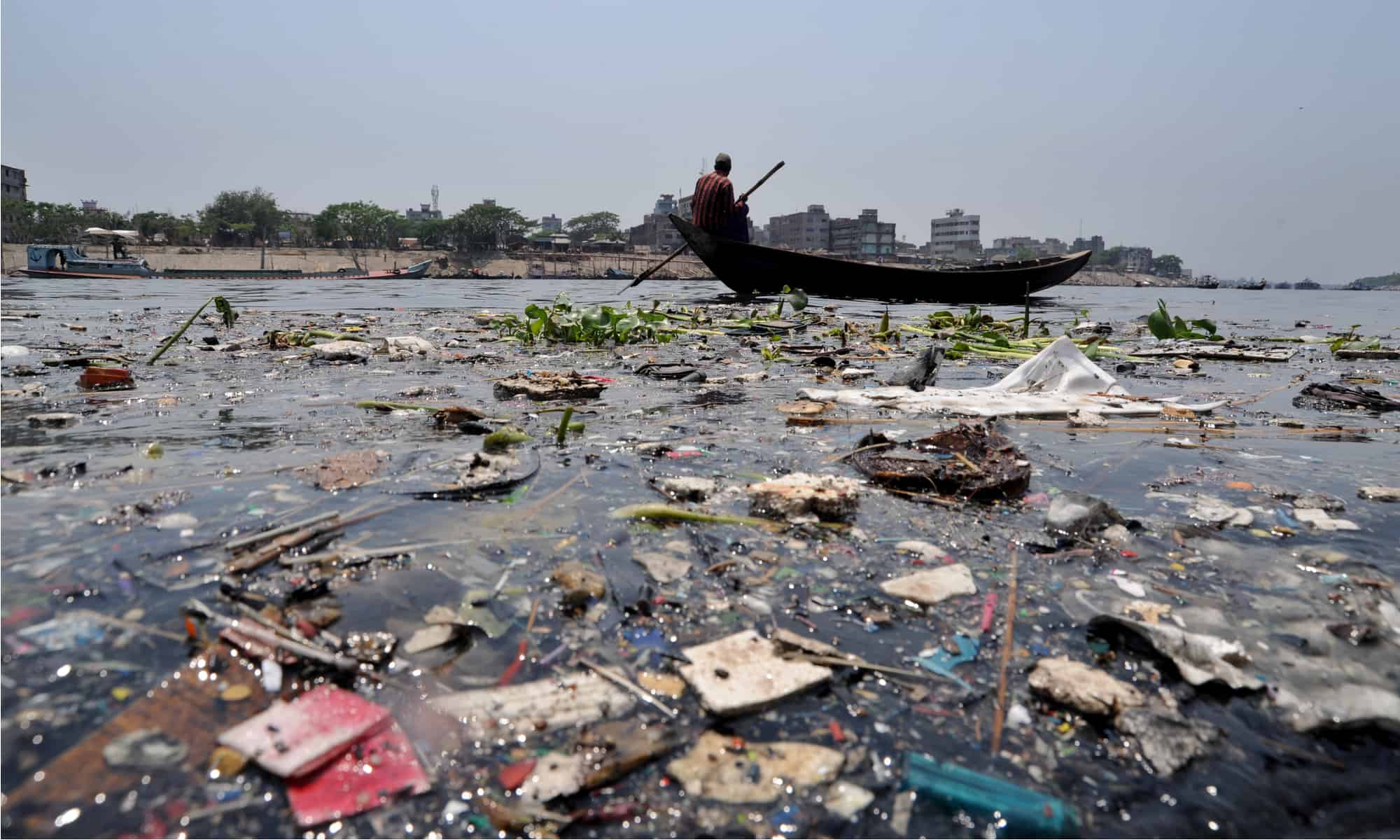
Footnotes
- https://royalsocietypublishing.org/doi/abs/10.1098/rstb.1976.0024 ↩
- https://academic.oup.com/jxb/article-abstract/65/2/381/485940 ↩
- https://academic.oup.com/jxb/article-abstract/51/350/1595/738124 ↩
Environmental Impact of Water Transport
Water transport, particularly marine transportation, has various environmental effects that need careful consideration. One major concern is the emission of greenhouse gases such as CO2 and NOx, which contribute to climate change and air pollution [^1^]. Ships also emit sulfur oxides (SOx), leading to the formation of acid rain and adverse effects on both human health and ecosystems.
Another environmental impact of water transport is the accidental release of harmful substances like oil, which can cause severe damage to marine life and aquatic ecosystems [^2^]. Invasive species can be introduced through ballast water discharge, disrupting the balance of native ecosystems and threatening biodiversity [^3^].
Noise pollution from shipping operations can also have negative effects on marine animals, particularly those that rely on sound for communication, navigation, and hunting. This disturbance can lead to behavioral changes and even physical harm for the affected species.
Strategies to mitigate the environmental impacts of water transport include the adoption of alternative clean fuels, improving energy efficiency, implementing stricter regulations for emissions, and investing in innovative technologies to reduce the risks associated with vessel operations ^4^. Planning and management of marine transportation also play a crucial role in minimizing the overall environmental consequences.
As water transport continues to grow in importance in global trade, it is essential to recognize its environmental impacts on aquatic ecosystems and related habitats, while developing and implementing strategies to manage such challenges sustainably and responsibly.
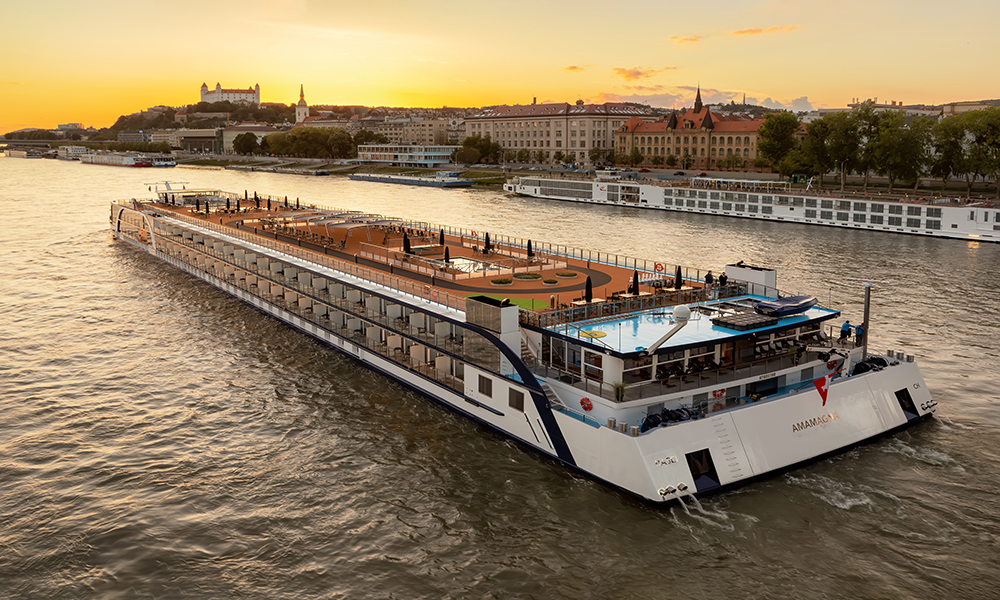
Frequently Asked Questions
What are the different types of water transport vehicles?
There are various types of water transport vehicles used for different purposes. Some common ones include ships, boats, ferries, barges, and canoes. These vehicles come in different sizes and designs, which are tailored to their specific use and the environment they operate in, such as rivers, lakes, and oceans.
What is the primary use of water transportation?
Water transportation serves various purposes, including cargo transport, passenger transport, military operations, and recreational activities. Ships and barges are primarily used for cargo transport, while passenger transport is facilitated through ferries, cruise ships, and water taxis. In addition, boats, canoes, and kayaks are also used for recreational purposes like fishing, touring, and water sports.
What are some examples of water vehicles?
Some examples of water vehicles are:
- Cargo ships, which are used for large-scale transportation of goods
- Containerships, specifically designed to carry standardized shipping containers
- Ferries, which transport passengers and vehicles across water bodies
- Cruising vessels, which offer luxury travel and leisure experiences
- Tugboats, which assist larger ships in maneuvering and docking
- Fishing boats, used by fishermen for commercial and recreational fishing
- Kayaks and canoes, widely used for recreational activities and water sports

Which water transport methods are most widely used?
Cargo shipping dominates the global water transportation industry, with large-scale vessels such as container ships, tankers, and bulk carriers being most widely used. Passenger transportation is another significant segment, facilitated by ferries, cruise ships, and water taxis. Moreover, recreational activities like boating, canoeing, and kayaking are also popular.
How does water transportation impact the environment?
While water transportation is generally more fuel-efficient compared to land or air transport, it still has an environmental impact. The burning of marine fuels produces greenhouse gas emissions, contributing to climate change. Ship-based activities can cause water pollution due to oil spills, waste discharge, and the release of harmful chemicals into the water. Invasive aquatic species can also be introduced through ballast water discharge, affecting local ecosystems.
What innovations are being made in the water transport industry?
There are ongoing efforts to improve the environmental sustainability of water transport by utilizing cleaner fuels, developing energy-efficient propulsion systems, and exploring alternative power sources, such as solar and wind energy. Innovations in vessel design aim to optimize fuel efficiency and minimize air and noise pollution. Furthermore, advancements in navigation technology and automation are expected to enhance safety, efficiency, and cost-effectiveness in the water transport industry.
Charlie is Editor-in-Chief of Sea Magazine

